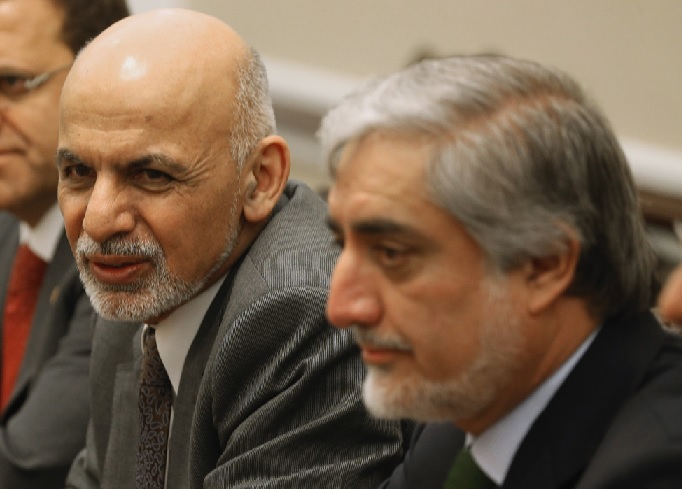The Real Winners of the Afghan Election: The Taliban

Of the country’s 9.6 million registered voters (among a total population of 37 million), a total of just 1.82 million votes were counted. Of these, Mr Ghani achieved his victory by winning a paltry 923,592 votes, which can hardly be described as a commanding mandate.
The result should serve as a warning to US officials as they enter a crucial phase in peace talks with the Taliban about the organisation’s true motives.
Far from having an interest in achieving a negotiated settlement of the long-running Afghan conflict, the Taliban’s ultimate goal is to persuade the Trump administration to end its military presence in the country so that it can once again seize control of the country and turn it into a safe haven from which Islamist terrorists can again plot their devastating attacks against the West.
The announcement that Afghan President Ashraf Ghani has emerged as the victor in the country’s election contest could well prove to be a hollow victory so far as the survival of Afghanistan’s fragile democracy is concerned.
Declaration of the election’s outcome, which took place in September last year, was delayed because of allegations of vote-rigging in the contest, as well as claims that many Afghans did not vote because of intimidation tactics by the Taliban.
Even when the final result was announced this week, with election officials confirming that the 70-year-old Mr Ghani had narrowly claimed victory with 50.64 percent of the vote, the main opposition candidate, Abdullah Abdullah, continued to insist that the contest had been marred by massive fraud and technical problems.
This suspicion has apparently prompted Mr Abdullah, who came second with 39.52 percent of the vote, and after claiming he was the real victor in the contest, to announce that he will form his own government.
The fierce rivalry between Mr Ghani and Mr Abdullah has become a familiar feature of the Afghan political scene ever since the Afghan president narrowly defeated his long-standing rival in the 2014 contest. On that occasion, Washington was eventually able to persuade the two men to set aside their differences and form a government of national unity, whose main goal was to undertake an ambitious reform package spearheaded by Mr Abdullah.
Fresh tensions between the two men surfaced again during the September 28 election contest, though, with Mr Abdullah claiming that the Afghan president had deliberately blocked his reform package, and declaring that Mr Ghani was “not fit” to run the country.
The prospects of American diplomats being able to persuade the two men to enter into a fresh power-sharing agreement again therefore appears to be remote, especially as Washington’s prime focus is now being directed towards negotiating the framework of a peace deal with the Taliban, the Islamist terrorist organisation that previously ran the country until it was overthrown by the US-led coalition in 2001 following the September 11 attacks.
U.S. President Donald J. Trump has made it clear that his ultimate ambition is to end America’s military presence in Afghanistan at the earliest available opportunity; to this end, he is seeking to negotiate a truce with the Taliban, which would take effect at the end of this month, as a precursor to a fresh round of peace talks.
One of the main stumbling blocks in the negotiations has been the Taliban’s refusal to acknowledge the Afghan government, which it claims is nothing more than an American stooge.
Mr Ghani’s administration is now likely to face further questions about its legitimacy in the wake of the final election result after the Afghan electoral commission revealed that turnout was also the lowest since the Taliban were ousted in 2001.
Of the country’s 9.6 million registered voters (among a total population of 37 million), a total of just 1.82 million votes were counted. Of these, Mr Ghani achieved his victory by winning a paltry 923,592 votes, which can hardly be described as a commanding mandate.
The Taliban must share some of the blame for the low turnout: many voters were dissuaded from casting their ballot after the Taliban militants had threatened to attack polling stations and had targeted election rallies before polling day.
Nevertheless, the result should serve as a warning to US officials as they enter a crucial phase in peace talks with the Taliban about the organisation’s true motives.
Far from having an interest in achieving a negotiated settlement of the long-running Afghan conflict, the Taliban’s ultimate goal is to persuade the Trump administration to end its military presence in the country so that it can once again seize control of the country and turn it into a safe haven from which Islamist terrorists can again plot their devastating attacks against the West.
